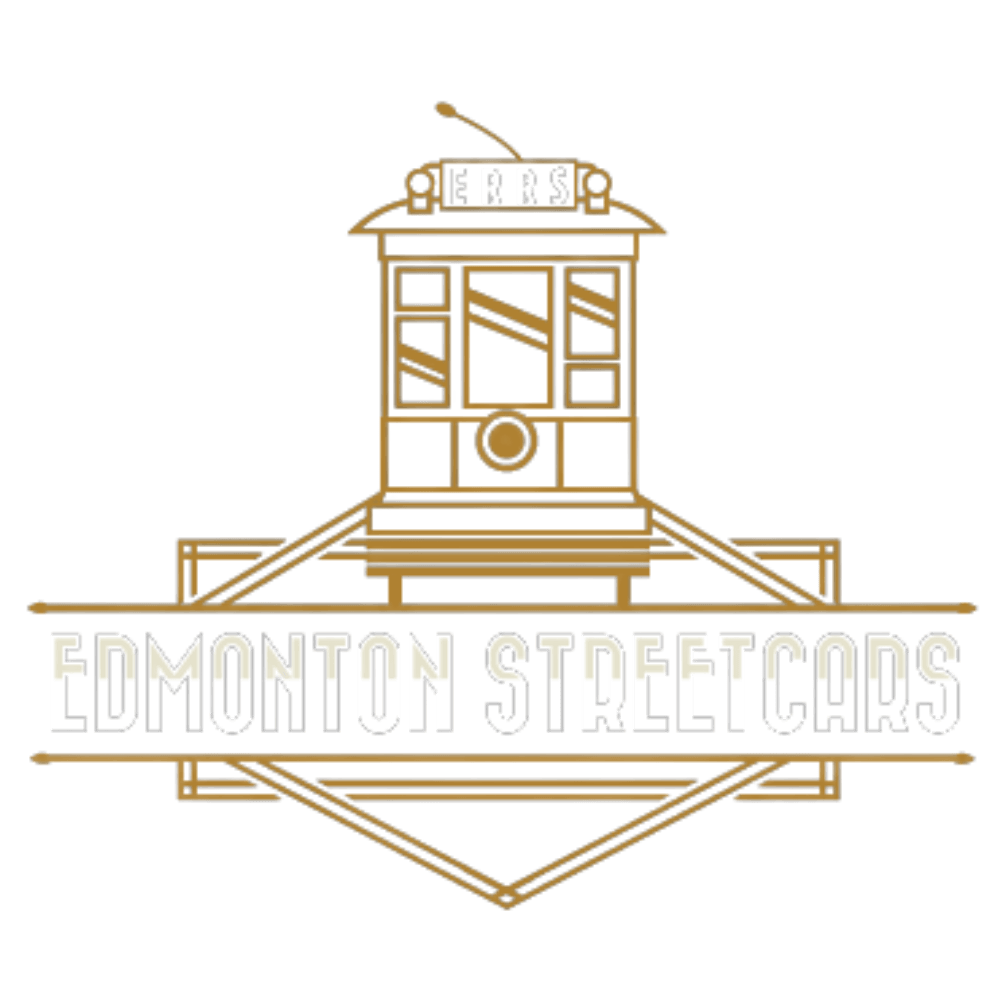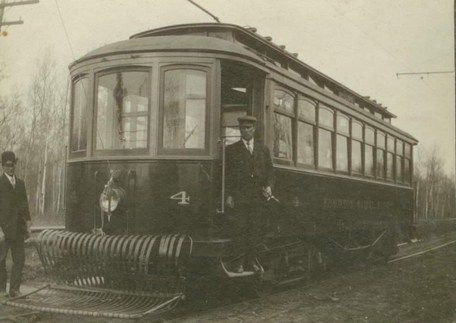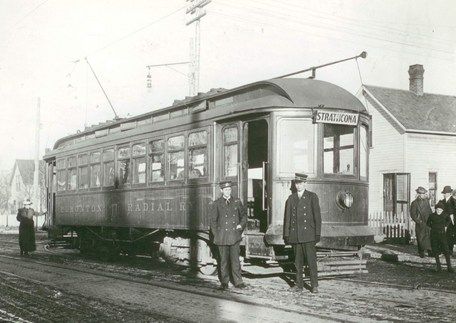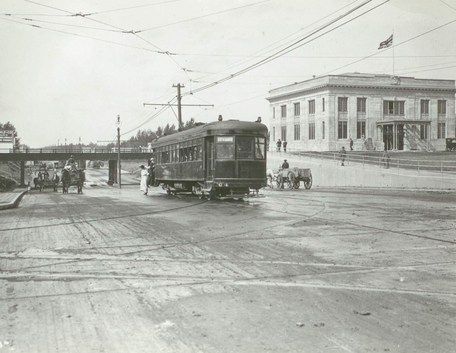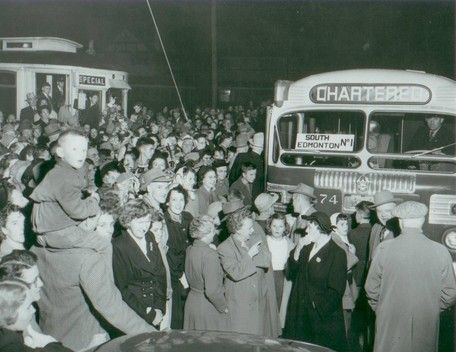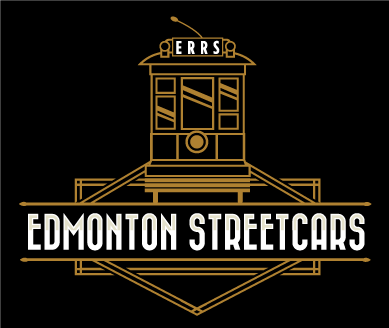
EDMONTON STREETCAR TIMELINE
-
1893
- September 16: The government of the North-West Territories approved the Ordinance to Empower the Municipality of the Town of Edmonton to Construct and Operate a Tramway.
-
1900-1909
1902
- Town Council considered a tramway but did not approve it because of concerns it would not be profitable.
1903
- William G. Tretheway a Montreal real estate agent presents a proposal backed by $10,000 to secure a franchise and then to construct and operate a street railway by 1905. Tretheway failed to deliver on his promises and forfited his bond.
1904
- The Strathcona Radial Tramway Company was formed by a group of Edmonton, Strathcona and Fort Saskatchewan investors. The group made continuing efforts into 1907 to obtain the franchise rights from the City of Strathcona to operate a street railway system.
1905
- Following the failure of the Tretheway proposal, Edmonton’s City Council again discussed a municipally-operated tramway, but this did not receive approval.
1907
- February 26: Edmonton's Council asks the City Commissioners to recommend the most suitable route for street railway lines.
- March 7: Edmonton's City Council approves spending $224,000 to complete the street railway.
- May: An ambitious street paving program began, and grading commenced along Jasper Avenue between First Street (101 Street) and Ninth Street (109 Street). Streetcar rails were simultaneously laid with paving, although there was still no approved streetcar system.
- September: The Strathcona Radial Tramway Company approached Strathcona City Council with a new privately financed plan which was endorsed by Strathcona electors in an October 30 referendum.
- Edmonton’s Council dispatches a committee to meet with Strathcona City Council to advocate for a cooperative venture with Edmonton purchasing the Strathcona radial railway franchise.
1908
- March 5: Following application by the City of Edmonton, the Government of Alberta passed the Edmonton Radial Tramway Act granting the City the right to build tramway lines radiating from Edmonton to points in Alberta not more than eighty miles away from the existing (1908) city boundaries.
- July 29: Arrangements completed enabling the City of Edmonton to purchase the rights, privileges and property of the Strathcona Radial Tramway Company Ltd.
- August 4: Bylaw 194 passed, authorizing execution of an agreement between the City of Edmonton and the Strathcona Radial Tramway Company. Bylaw 185 was also approved, authorizing the raising of $135,000 for the purchase of the Strathcona Radial Tramway Company ($10,000), the construction of that line, the extension of the Edmonton lines, and the purchase of equipment ($125,000).
- August 18: An amended track layout approved by Edmonton City Council superseded all previous plans. This was an "out-and-back" plan with no turning loops. The ‘radial model’ was designed with rail lines radiating from the urban centre into outlying areas, where streetcars reversed direction and returned to the centre. Five cent fare established, with an extra five cent fare applied to passengers riding across the Low Level Bridge to enter either Strathcona or Edmonton. After 11 PM the fare rose to 10 cents. A motion carried at the September 1 Edmonton Council Meeting officially implemented these items.
- October 24: Car 2 arrives at the C.P.R. yards in Strathcona; the first of seven hand- brake equipped cars to come to the Edmonton Radial Railway from the Ottawa Car Company in Ottawa, Ontario. Car 1 arrived on October 31.
- Regular streetcar service begins in Edmonton 7 a.m. on Monday, November 9th, with both Cars 1 and 2 operating between the car barns on Syndicate Avenue (95 Street) and 21st (121) Street. Strathcona service begins Friday, December 4th and uses the Edmonton or Inter-Urban Bridge (now called Low Level Bridge).
1909
- Transfers introduced on April 1, with passengers no longer paying an additional fare when transferring between streetcars to complete their journey.
-
1910-1919
1911
- January: The first Peter Smith coal stove heater is installed on an Edmonton streetcar. These quickly became standard equipment on all cars.
- May 1: The first single-end streetcars go into service. They were assigned to the Edmonton-Strathcona line.
- August 22: Motormen, conductors and other street railway workers on the Edmonton Radial Railway organize themselves and have charter granted from the Amalgamated Association of Street and Electric Railway Employees of America Local Division No. 569.
1912
- January 31: The single 5-cent fare is introduced between Edmonton and Strathcona to adhere to one of the terms of the Edmonton-Strathcona Amalgamation Agreement.
- February 1: The Edmonton-Strathcona Amalgamation Act takes effect and has a significant impact on the development and operation of the Edmonton Radial Railway.
1913
- The new Cromdale Shops at 80 Street and 117 Avenue open, replacing the original car barns on Syndicate Avenue (95 Street between 109A Avenue and 110A Avenue).
- August 11: Car 35 makes the first streetcar run across the High Level Bridge.
1917
- April 18: One-man car operation begins on the Spruce Avenue (114 Avenue) and Calder stub lines.
- September 1: Street railway workers go on strike until September 11. A new agreement is signed in August 1918.
- October 17: Several one-man cars go into operation on two major routes. By 1920, all passenger service is provided by one-man cars.
The motorman and conductor pose beside streetcar #18 on Namayo Avenue (97 Street) and Sutherland (106) Avenue. The car has just completed its run from Strathcona and is about to embark on its return trip to the south side. The scene dates back to 1911 - one year after the car was delivered to the E.R.R.S.
-
1920-1929
1920
- July 1: An observation car built at the Cromdale streetcar barn, goes into service. ERR employees built it on the frame of Car 22, which caught fire on 109 Street in 1917. The observation car was in service until 1925.
-
1930-1939
1930
- Five new light-weight and comfortable "safety" cars, numbered 80–84, enter service.
- All major routes on the system are operated with single-end cars.
- December: A demonstrator bus operates on the 102 Avenue stub line.
1932
- January: Bus service permanently replaces streetcar service on the 102 Avenue stub line.
1939
- August: Streetcar service is withdrawn from the Low Level Bridge and 95 Street, and replaced with trolley coach service.
-
1940-1949
1940
- Streetcar service is withdrawn from the Bonnie Doon area, and replaced with bus service.
1941
- October: Library Car service is initiated, bringing library services to remote neighbourhoods in the city. Within two months, more than 5,000 people signed up for new library memberships at the streetcar, and more than 17,000 books were borrowed. The Library Car was retired in August 1949, when the isolated Calder Line it served was abandoned.
1943
- October 4: Women were hired to ride the cars on portions of the busy routes to collect fares and issue transfers, to help speed up service during wartime years. They were coined 'Conductorettes'. Women also took up other duties, such as track-switching at downtown intersections, so that motormen did not have to stop their cars to carry out this function.
1944-1949
- Most streetcar services were gradually phased out and replaced primarily with trolley coaches; motor buses also took over some routes.
-
1951
- September 1: A ceremonial "Last Run" with invited guests was made with streetcar number 1 from 97 Street and Jasper Avenue to the loop at 109 Street and 84 Avenue where almost 1,000 people gathered to bid farewell in wet rainy weather. The guests were transported from this point by bus to the new Strathcona Garage where a reception was held. Regular streetcar service continued for a few hours after the ceremony ended.
- September 2: At around 1:00 A.M., Car 52 made the final run across the High Level Bridge. Five passengers were on board: Transit Superintendent Thomas Ferrier and his wife, along with three regular passengers. Upon the final passenger disembarking, Car 52 returned to the Cromdale streetcar barn, ending almost 43 years of streetcar service.
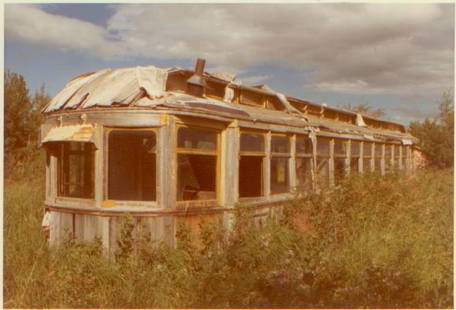
The sad remains of streetcar #25 resting in a farmyard in 1973 at Duffield, AB
Prepared by Colin K. Hatcher from Edmonton's Electric Transit by Colin K. Hatcher and Tom Schwarzkopf for the Edmonton Radial Railway Society April 11, 2008.
The Edmonton Radial Railway Society operates on Treaty 6 territory, a traditional meeting grounds, gathering place, and travelling route to the Cree, Saulteaux, Blackfoot, Métis, Dene and Nakota Sioux. We acknowledge all the many First Nations, Métis, and Inuit whose footsteps have marked these lands for centuries.
